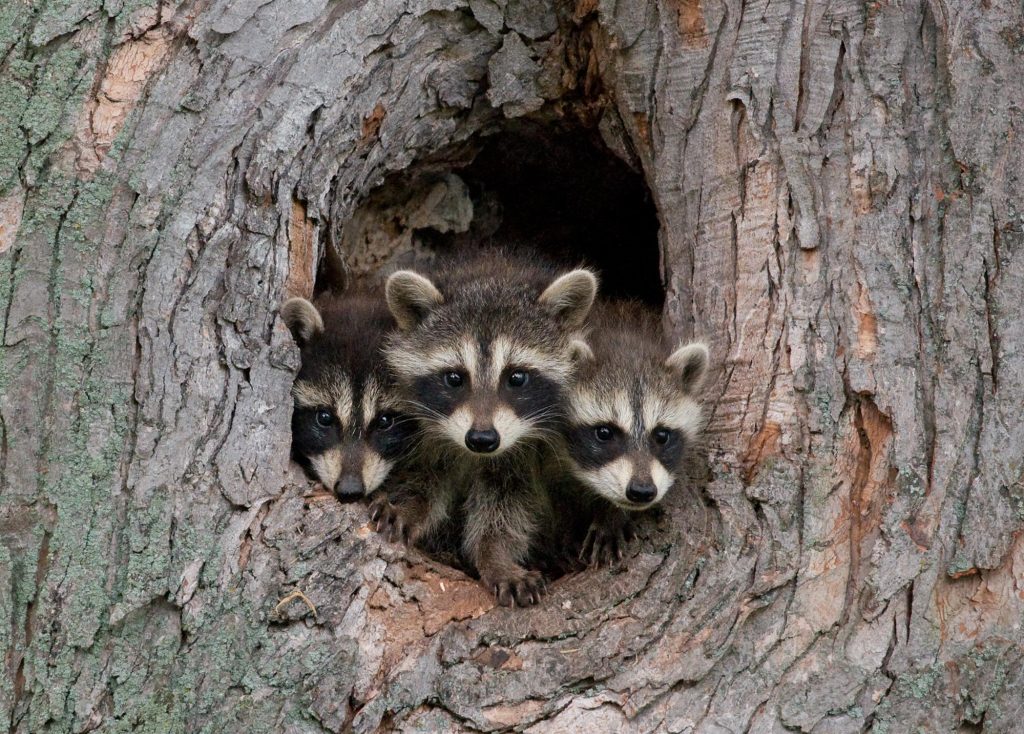What You Need to Know about Rabies
From pet doors to trusting in your local resources, there are a lot of things you can do to prevent the infection and spread of rabies in your pets. Many homeowners put themselves and their pets at risk unknowingly, while others do not even know what the risks are. When it comes to rabies, the risks are very serious and can even include death. Understanding how to avoid increasing the risk means being one step closer to keeping family and pets safe from this deadly virus.
Spreading Rabies
Rabies is a virus that is spread through bodily fluids. It is usually spread through the saliva in an infected animal. This means that when an animal bites a person or other animal, the virus travels from the saliva to the bloodstream of the creature that was bitten. While most people are under the impression that you can easily tell if an animal has rabies, that is not entirely true.
Common Culprits
The most common animals that can transfer rabies are going to be found in the wild simply because these animals are not vaccinated, and they are constantly exposed to other animals in the same situation. Bats, skunks, and raccoons are commonly at risk, but so are cats and dogs that are not domesticated, or are domesticated but able to roam freely. Even farm animals are at risk, because they are not always protected. Rodents, rabbits, and squirrels are rarely infected, though the public thinks they are.
Protecting the Home
Obviously, the rabies vaccination is a great place to start when it comes to protecting animals from rabies. However, you can also do a lot to make your home area less appealing to animals who are infected so that you can reduce the risk of an encounter.
Food: Never leave food outside of the home. This is an invitation of an easy meal for any animal. Once they get used to this offering, they will keep coming back for more. Feed your cats and dogs inside the house so that their food isn’t drawing visitors.
Pets: Protect your pets by limiting where they can go and how they can get there. Pet doors are wonderful things, but they are even better when they rely on collars to activate them. This prevents any animals from getting inside the house through the pet door. It’s also a good idea to keep a fenced-in area so that pets can’t wander off to unknown areas and get infected. Finally, make sure that your pets are vaccinated properly against rabies.
Home: Close up all open areas. Make sure all roof caps are in place, and that there are no open areas where animals might sneak in. Cover these areas with metal for the best protection.
Infected Animals
Always avoid touching any animal you don’t know. If you suspect you have found an animal that has rabies, call your local animal control officer. If you or your animal has been bitten, visit your vet or doctor immediately for treatment.
Rabies can cause a painful death, so make sure to do your best to protect yourself and your pets. If protecting the home is too expensive, do it a little at a time. For example, install a dog door one year, and upgrade to one with a collar system the next year.


